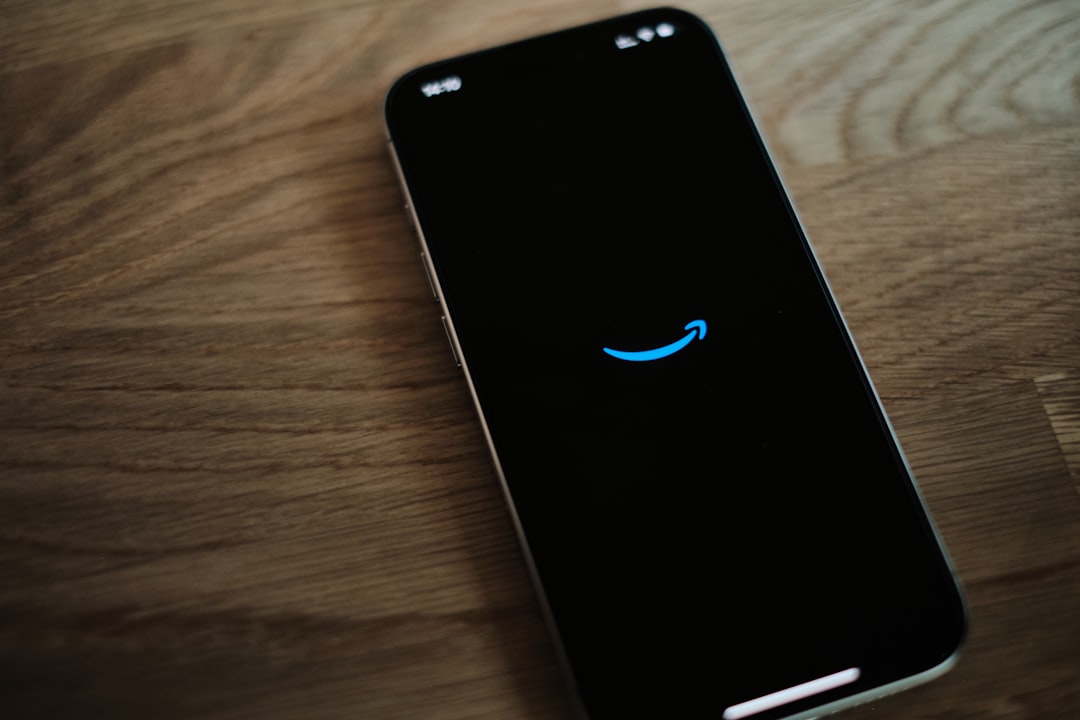Summary: On October 19-20, 2025, a major Amazon Web Services (AWS) outage disrupted numerous popular apps and websites, including Alexa, Snapchat, Fortnite, Venmo, Lyft, and more. The root cause was a DNS resolution issue affecting AWS’s DynamoDB service in the US-EAST-1 region. Amazon worked through the day to resolve the problem, restoring normal operations by the evening. This incident highlights the challenges of relying heavily on a few cloud providers to power much of the internet.
What Happened During the AWS Outage?
Starting early on October 19, 2025, many users noticed widespread issues across various online services. Amazon Web Services experienced increased error rates and latency problems, particularly in its US-EAST-1 data centers located in Northern Virginia. The outage was traced back to DNS resolution problems affecting the DynamoDB service endpoints, a critical database component used by many AWS clients.
As Amazon attempted to fix the issue, additional complications arose, especially with launching new EC2 instances—a virtual machine service essential for many online applications. Despite these challenges, Amazon announced by 6:53 PM Eastern Time on October 20 that the increased error rates and latencies had been resolved, with all AWS services returning to normal by 3:01 PM.
Services Affected by the Outage
The outage impacted a wide range of popular apps and websites. Users reported problems with:
- Amazon Alexa (unable to answer queries or control smart home devices)
- Snapchat
- Fortnite and Roblox
- Venmo (transactions failing or delayed)
- Lyft (slow or unresponsive app)
- Canva
- Disney+
- Apple Music
- The New York Times
Even Amazon’s own services, including Amazon.com and AWS customer support, experienced disruptions. Many websites became sluggish or displayed error messages, leading to a surge in outage reports on platforms like Down Detector.
How Amazon Responded and Resolved the Issue
Amazon’s status updates revealed a detailed timeline of the outage. The DNS issue was fully mitigated by 2:24 AM Pacific Time, but residual problems with EC2 instance launches persisted throughout the day. To aid recovery, AWS temporarily rate-limited new instance launches and advised clients to avoid tying deployments to specific availability zones to allow greater flexibility.
By mid-afternoon on October 20, services like Venmo and Lyft were returning to normal, and by early evening, Amazon confirmed that all AWS services had resumed normal operations. Mike Chapple, a professor at the University of Notre Dame, described the outage as “large portions of the internet suffering temporary amnesia,” emphasizing how data was safe but temporarily inaccessible.
Why This Outage Matters: The Risks of Centralized Cloud Services
AWS holds approximately 30% of the global cloud infrastructure market as of mid-2025, making it a backbone for countless online services worldwide. While AWS offers valuable features like automatic scaling and global data centers, this outage underscores the risks of heavy reliance on a few cloud providers. When one experiences issues, it can ripple across the internet, affecting millions of users and businesses.
As companies continue to depend on cloud infrastructure, this event serves as a reminder to consider redundancy, diversification, and robust contingency plans to mitigate the impact of future outages.
